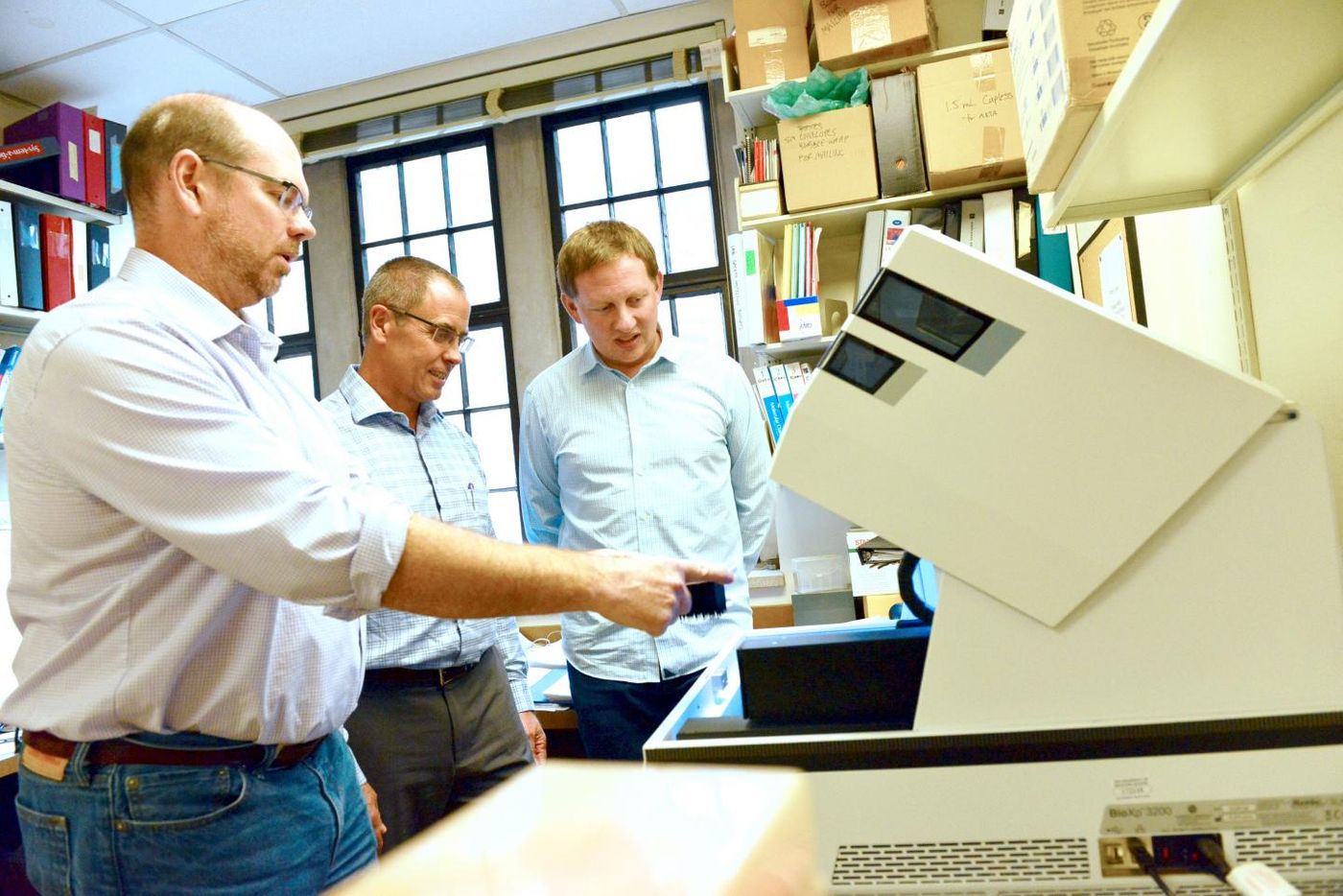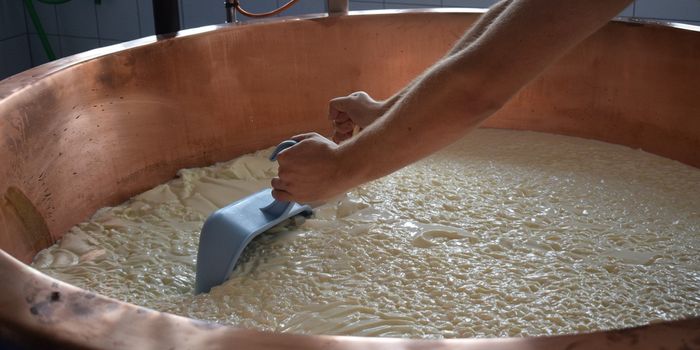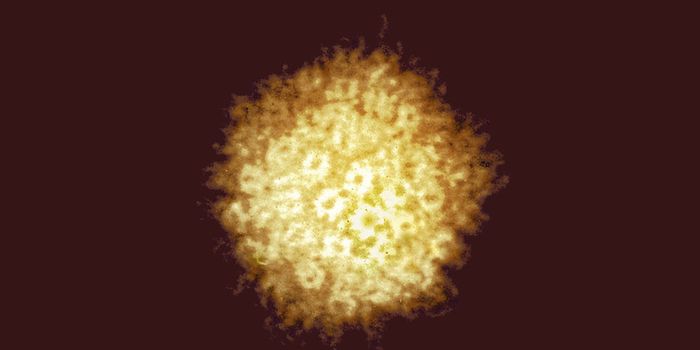Using CRISPR to Alter or Kill Bacteria
In recent years, the gene-editing tool CRISPR/Cas9 has been applied to a wide variety of different organisms and has started a biomedical revolution. The method was created using a defense technique that bacteria have to battle viruses that infect them. In that time, genetic analysis tools have allowed us to reveal the importance of the microbial community we carry in and on our bodies, especially in the gastrointestinal tract - the gut microbiome. Now scientists want to bring these tools together.
Scientists at Western University have now created a method for sending the CRISPR/Cas9 gene editor into microbes, which can enable us to target specific types of bacteria in different ways. The work has been reported in Nature Communications.
The gut microbiome has been connected to a variety of diseases and disorders. Researchers have been learning more about how specific types of bacteria are related to the development of certain diseases, and how we can turn a gut microbiome that promotes illness into a healthy one. This research can also help us find ways to eliminate pathogenic microbes that don’t involve antibiotics.
"One of the major reasons that I am excited about this work is that it has a wide range of possible real-world applications," said Bogumil Karas, Ph.D., an Assistant Professor at Western's Schulich School of Medicine & Dentistry. "It has the potential for [the] development of next-generation antimicrobial agents that would be effective even for bacteria that are resistant to all known antibiotics. This technology could also be used to help 'good' bacteria produce compounds to treat diseases caused by protein deficiencies."
In bacteria, CRISPR attacks invading viruses by chopping up the viral DNA. Bits of that DNA are then integrated into the bacterial genome to create a kind of memory of the invader. Scientists have modified it so that specific places in the genome can be selected for editing, and it has been used to edit the genomes of cells, research animals, and in some cases, even humans. Now it can zero in on specific types of bacteria.
"Using CRISPR to kill things isn't a new idea because that's what CRISPR does naturally," said David Edgell, Ph.D., Professor at Schulich Medicine & Dentistry. "The problem has always been how you get CRISPR to where you want it to go. Other delivery systems could only go to a few spots, where ours can go anywhere."
Bacteria naturally like to share DNA. One way they do that is bacterial conjugation or direct contact between two bacterial cells (an example is shown in the video above). In this work, the researchers grew two kinds of bacteria, Escherichia coli and Salmonella enterica, together, and showed that a plasmid containing the CRISPR reagents could be shared between them. The S. enterica microbe could be efficiency killed off by targeting certain non-essential genes in the bacterium, changing its DNA and killing it.
Sources: AAAS/Eurekalert! via University of Western Ontario, Nature Communications









